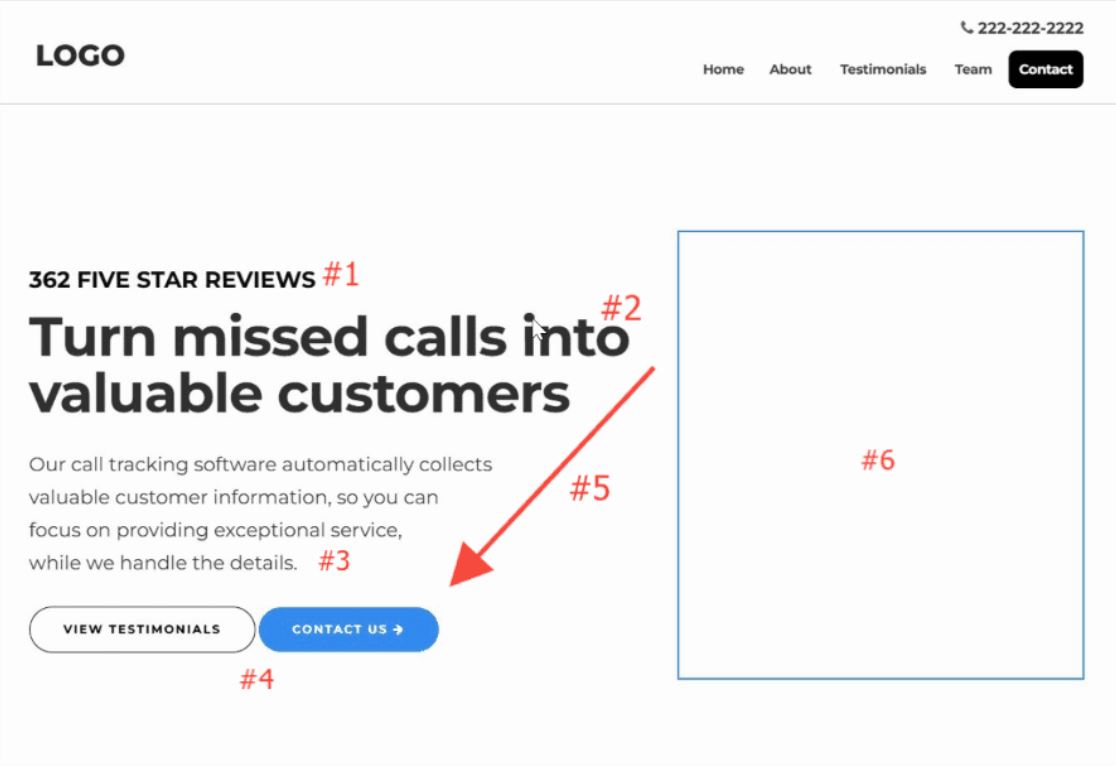The Ultimate Guide to Email Marketing
November 8, 2024

Email marketing remains one of the most effective digital marketing channels.. It’s essential for businesses looking to nurture leads, engage customers, and drive conversions. In this guide, we explore best practices, important stats, and actionable strategies to enhance your email marketing efforts.
1. Why Email Marketing Matters
Email marketing’s ability to offer personalized, direct communication with consumers makes it invaluable. Studies show that email marketing has a higher engagement rate compared to social media, where only 1-2% of followers might see a post. Here’s why email marketing continues to be relevant:
- Direct Access to Audience: Unlike social media, where algorithms limit visibility, emails go directly to the inbox.
- High ROI: Email marketing yields an average ROI of $42 for every $1 spent.
- Personalized Communication: Advanced segmentation allows brands to deliver tailored content based on individual preferences.
2. Key Email Marketing Statistics for 2025
Here are some significant stats that demonstrate the power and importance of email marketing:
- Over 4.6 billion people are expected to use email by 2025, making it one of the most widely used digital communication channels.
- About 80% of marketers reported an increase in email engagement rates over the past year.
- Emails with personalized subject lines are 26% more likely to be opened.
3. Best Practices for Successful Email Marketing Campaigns
Successful email marketing goes beyond sending a weekly newsletter. Following these best practices can significantly enhance the impact of your email campaigns.
3.1 Segment Your Audience
Segmentation is essential for delivering relevant content. Segmenting your audience allows you to target specific groups based on:
- Demographics (age, gender, location)
- Purchase history
- Engagement level (active vs. inactive subscribers)
- Behavioral data (e.g., abandoned cart, product viewed)
By targeting segmented audiences, marketers report an average increase in email revenue of 760%.
3.2 Personalize Content
Personalization goes beyond adding a subscriber’s name to an email. Create a personalized experience by:
- Using customer data to tailor recommendations
- Sending birthday or anniversary offers
- Displaying dynamic content based on previous interactions
3.3 Optimize for Mobile Devices
With more than half of emails being opened on mobile devices, ensuring mobile responsiveness is critical. Best practices include:
- Using a single-column layout for easy readability
- Keeping subject lines short (under 50 characters)
- Ensuring CTA buttons are large and easy to tap/click
3.4 Use Engaging Subject Lines
The subject line is the first impression and often determines whether the email will be opened. Effective subject lines should:
- Be clear and concise (preferably under 9 words)
- Include action words or power words
- Create a sense of urgency or exclusivity
3.5 Craft Clear and Compelling CTAs
The Call-to-Action (CTA) is one of the most important parts of your email. It guides readers on what to do next and encourages engagement. To create effective CTAs:
- Use action-oriented language (e.g., “Shop Now,” “Get Started”)
- Limit each email to one or two CTAs to avoid overwhelming readers
- Make the CTA visually distinct with a button or contrasting color
3.6 Automate Email Workflows
Automation helps streamline your email marketing efforts and reach subscribers at the right time. Popular automated workflows include:
- Welcome series for new subscribers
- Abandoned cart reminders
- Post-purchase follow-ups
- Re-engagement campaigns for inactive subscribers
Email automation can lead to a 320% increase in revenue due to the timely nature of these messages.
3.7 Test and Optimize
Continuous testing and optimization are key to improving email performance. Elements to A/B test include:
- Subject lines
- Email copy
- CTA buttons
- Images and design
By testing different elements, you can determine what resonates best with your audience and refine your campaigns accordingly.
4. Types of Effective Email Marketing Campaigns
4.1 Welcome Emails
Welcome emails are an excellent way to introduce new subscribers to your brand and establish a relationship. They often have a 50% open rate, higher than other types of emails.
4.2 Product Announcements
Use product announcements to inform customers about new launches or updates. Be sure to highlight the benefits of the product and include visuals to capture attention.
4.3 Newsletters
Newsletters provide ongoing value by delivering informative and relevant content to your subscribers. Focus on sharing updates, educational content, and industry news to build trust and engagement.
4.4 Abandoned Cart Emails
Approximately 70% of online shoppers abandon their carts. Sending a timely abandoned cart email can help recapture lost sales. Include a clear CTA and, if possible, a discount code to incentivize the purchase.
4.5 Re-Engagement Campaigns
It’s inevitable that some subscribers will become inactive over time. A re-engagement campaign can help rekindle interest. Try offering an exclusive discount or a special offer to bring them back.
5. Key Takeaways for Effective Email Marketing
Summary of best practices to keep in mind:
- Segment your audience to deliver targeted content
- Personalize emails with relevant content and recommendations
- Optimize emails for mobile devices
- Craft engaging subject lines and strong CTAs
- Leverage automation to save time and enhance relevancy
- Continuously test and optimize campaigns for better results
- Use welcome, product, and re-engagement emails strategically
6. Frequently Asked Questions
6.1 What is the average open rate for email marketing?
In 2025, it is estimated the average open rate across industries is expected to range between 20-25%, though this can vary based on industry and campaign type.
6.2 How can I improve email deliverability?
Improving deliverability involves several factors, including maintaining a clean subscriber list, avoiding spammy language, and ensuring proper authentication (SPF, DKIM, and DMARC).
6.3 How often should I send emails?
Frequency depends on your audience and goals. Most brands find success sending weekly or bi-weekly emails, but always monitor engagement rates to avoid overwhelming subscribers.
6.4 What tools are recommended for email marketing in 2025?
Popular tools include Mailchimp, Klaviyo, HubSpot, and ActiveCampaign, each offering a range of features for automation, segmentation, and analytics.
Email marketing remains a highly effective channel for engaging audiences, building customer relationships, and driving conversions. By following best practices and staying up-to-date with trends, businesses can continue to see substantial returns from their email marketing efforts.





